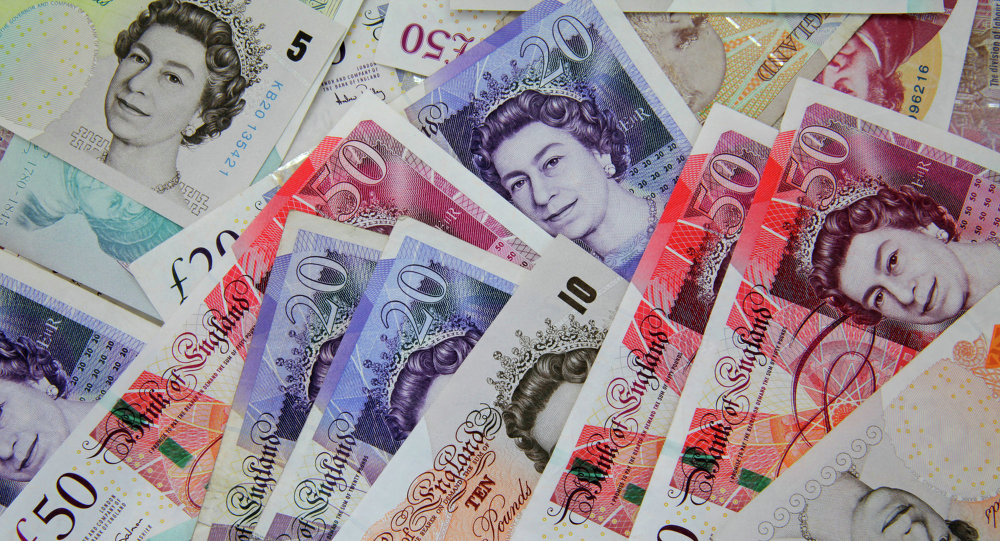Sterling bounced back above $1.22 on Wednesday, enjoying a respite after four days of falls that took it to the lowest in 2-1/2 years earlier in the week.
Most analysts see the rebound as temporary however, with more weakness likely if news headlines in coming days are seen as raising the probability of Britain crashing out of the European Union without any transition arrangements in place.
Wednesday’s bounce was attributed to some end-month portfolio adjustments, coupled with the fact that a no-deal Brexit is still not fully priced into the currency.
“We are just seeing some stabilisation after very bad four days,” said Lee Hardman, forex strategist at MUFG. “(The bounce) doesn’t change the bigger picture and the pound will continue to weaken but clearly it won’t be a one-way street.”
But MUFG now sees a no-deal outcome as more likely than not, having raised that probability to 60% after Boris Johnson took over as UK prime minister last week with a promise to take Britain out of the EU by the Oct. 31 deadline with or without a deal.
Before that it estimated the chance at 35%, Hardman said.
Neil Jones, head of European hedge fund sales at Mizuho, said the sterling plunge had been in response to investors raising hard Brexit probabilities to 35%-40% but he too sees the actual probability at 50% or more.
The pound selloff would resume, he added.
By 1455 GMT, the pound was up 0.7% at $1.2238 and 0.9% up versus the euro at 90.99 pence. It has risen from a 28-month low of $1.2120, but is now down almost 4% in July against the dollar.
It is also on track for a third straight loss-making month versus the euro.
The derivatives market showed sterling hedging costs remained elevated and investors positioned for further pound weakness.
Three-month implied volatility, a contract expiring around Oct. 31, is near the highest level since before the original Brexit deadline of March 29.
And three-month risks reversals — a gauge of investor expectations for a currency’s direction — pointed to a greater bias towards sterling puts versus calls, implying more depreciation. Puts allow the holder to sell the asset at a pre-agreed price; calls confer the right to buy.
However, risk reversals and implied volatility both steadied with levels far from this year’s extremes.
Sterling may get support in coming days from asset managers looking to snap up undervalued assets.
Justin Onuekwusi, a fund manager at Legal & General Investment Management, is looking to “nudge up” sterling exposure in portfolios even though he reckons the pound will be in thrall to Johnson until parliament reconvenes in September.
“Johnson has to talk tough, especially as he has a Brexiteer cabinet. Plus parliament is on recess so there’s no one to rebuff (pro-Brexit politicians). The ‘Remainers’ have gone quiet as they are on holiday.”
Attention will shift to the Bank of England meeting on Thursday, with investors watching for signals that policymakers are swinging towards cutting interest rates. Money markets currently see a 60% chance of a December cut and almost fully price in a move in January.














